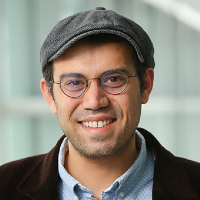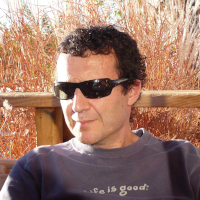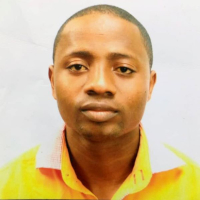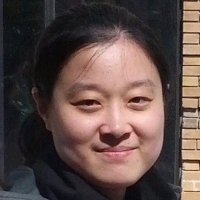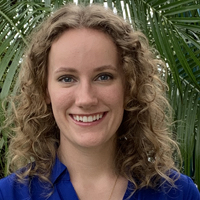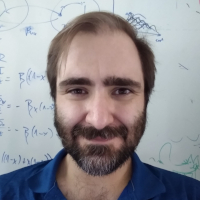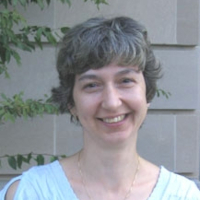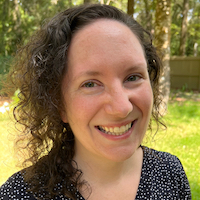Jonathan Touboul (Brandeis University, Mathematics)
ZoomChaos and homeostasis in multiple timescales dynamics Complex nonlinear and network dynamics, as observed in many biological systems, are prone to generate complex chaotic activity. Fortunately, in nature, these systems are still able to maintain essential biological function, and may be robust to changes in the environment despite their chaotic nature, until they break down …
